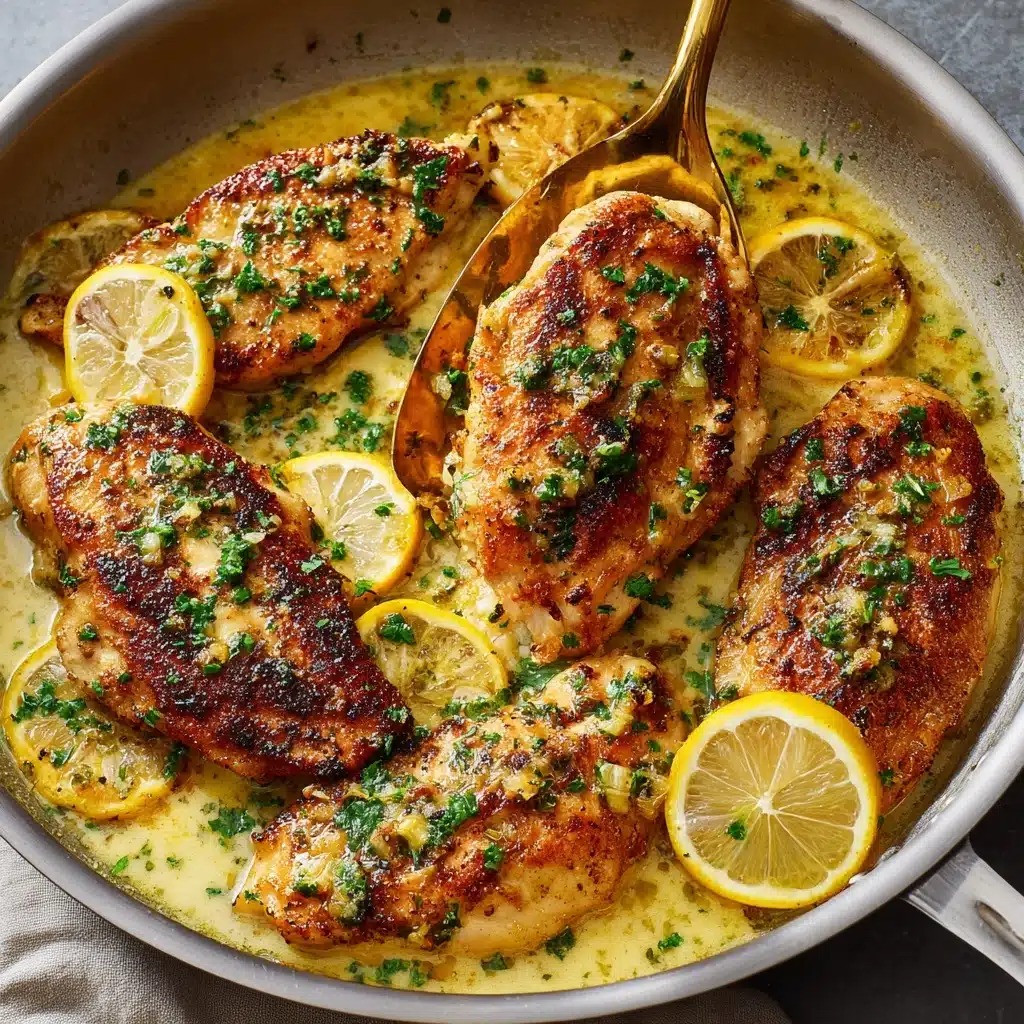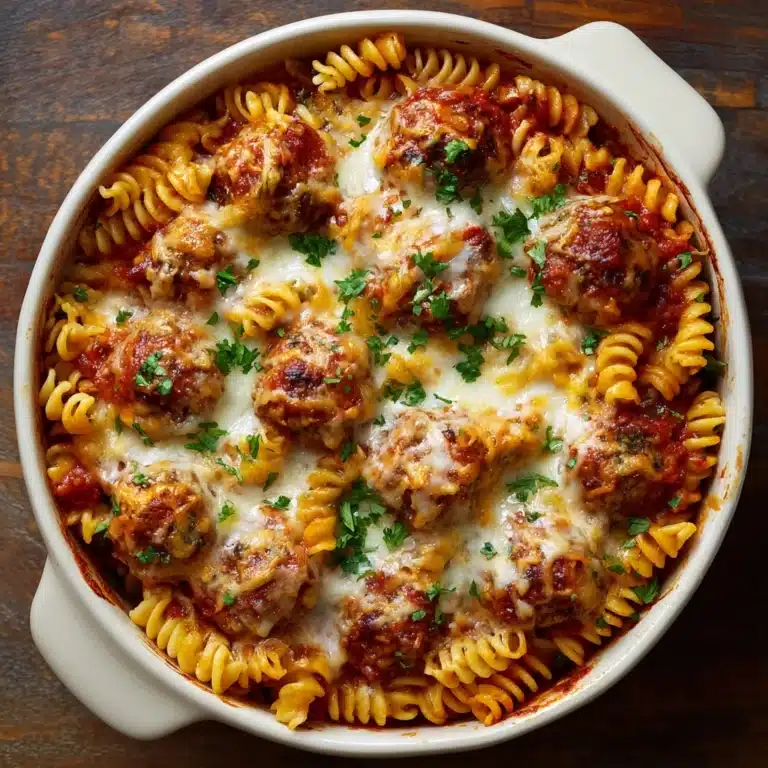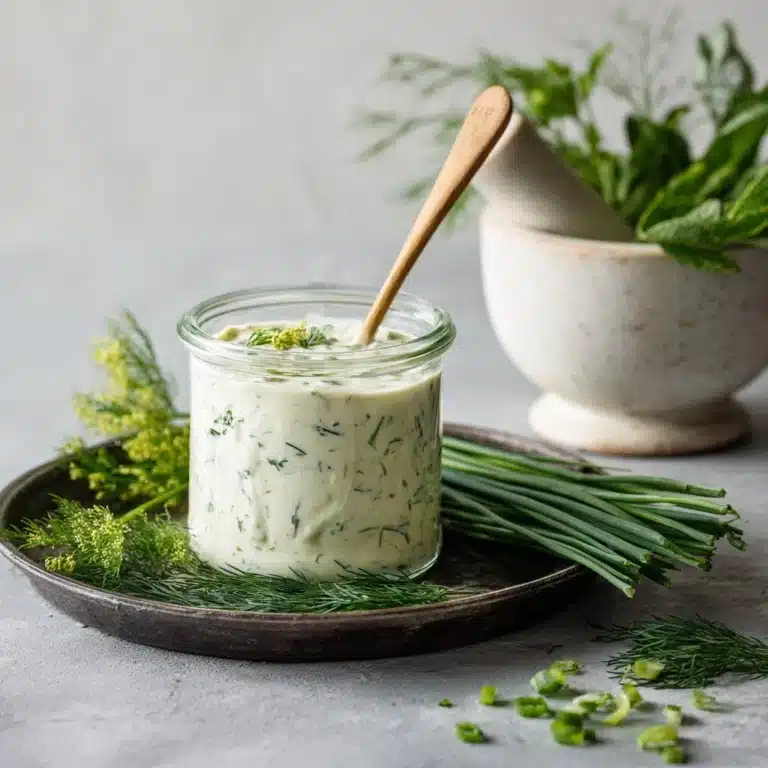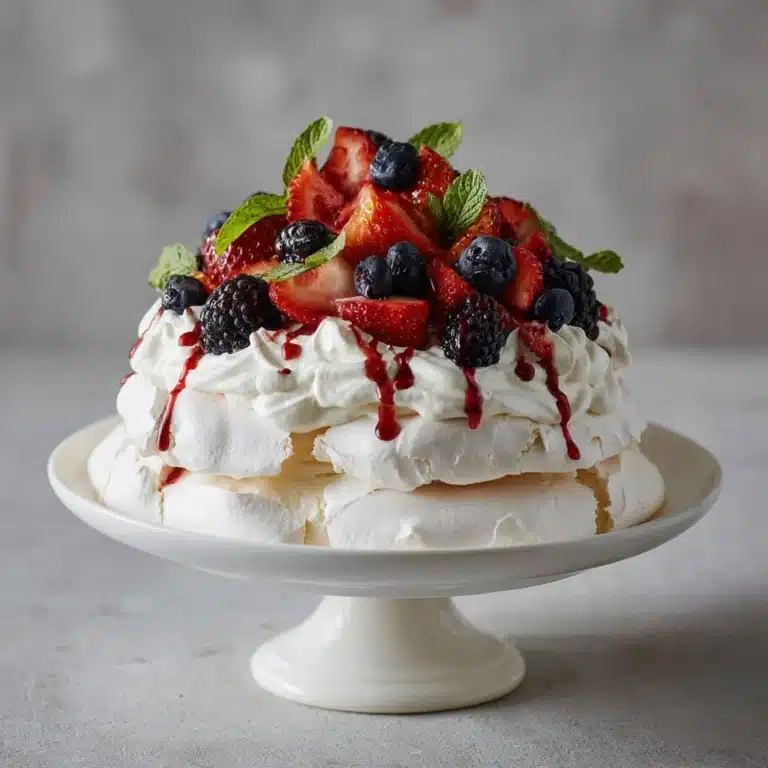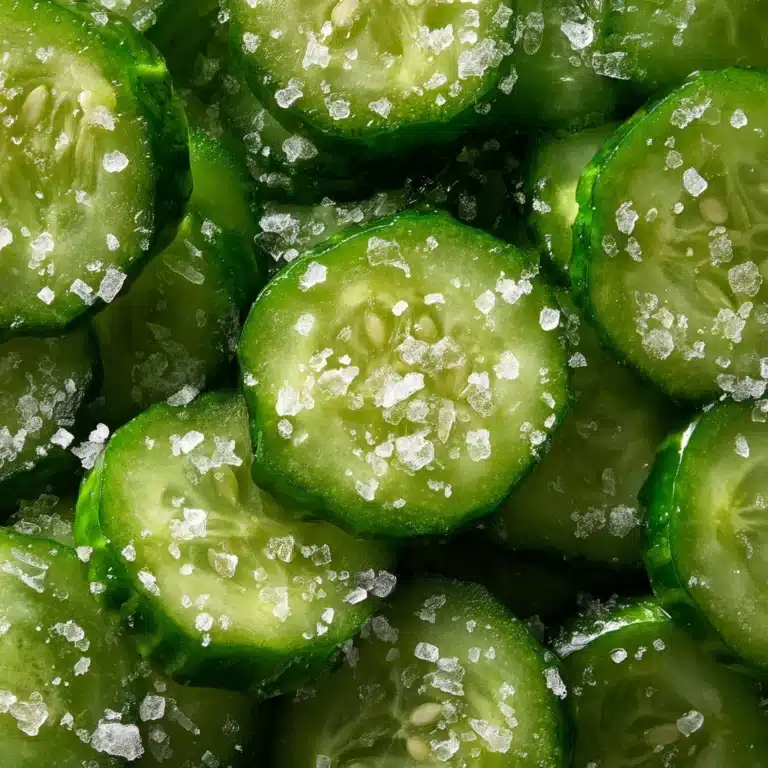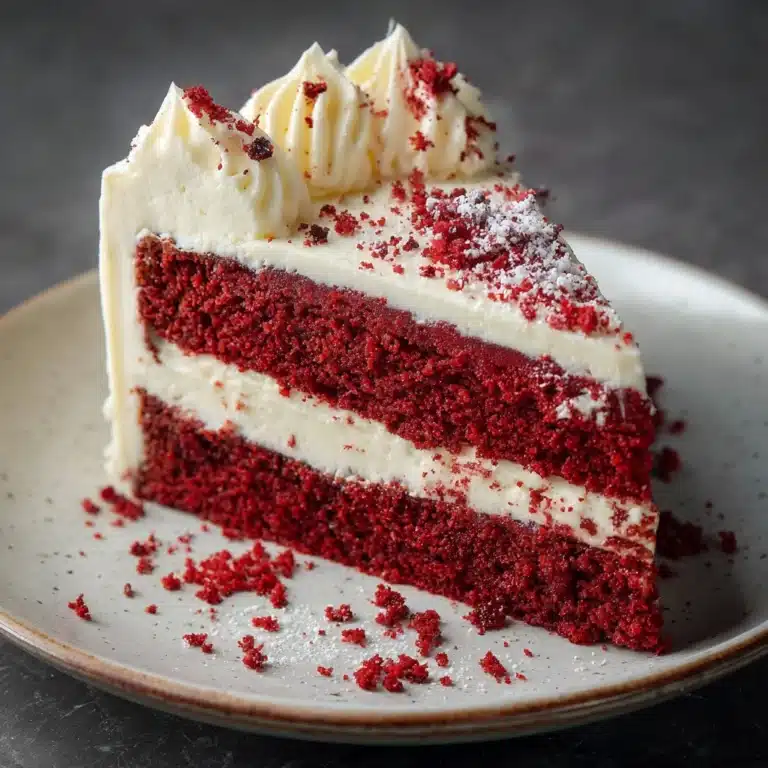If you’re searching for an easy yet impressive meal, Chicken Francese is about to become your new dinner favorite. This Italian-American classic combines tender, golden pan-fried chicken with a buttery, lemon-infused sauce that’s downright irresistible. Whether you’re cooking for company or treating yourself, Chicken Francese brings sunshine to any table with every tangy, comforting bite.
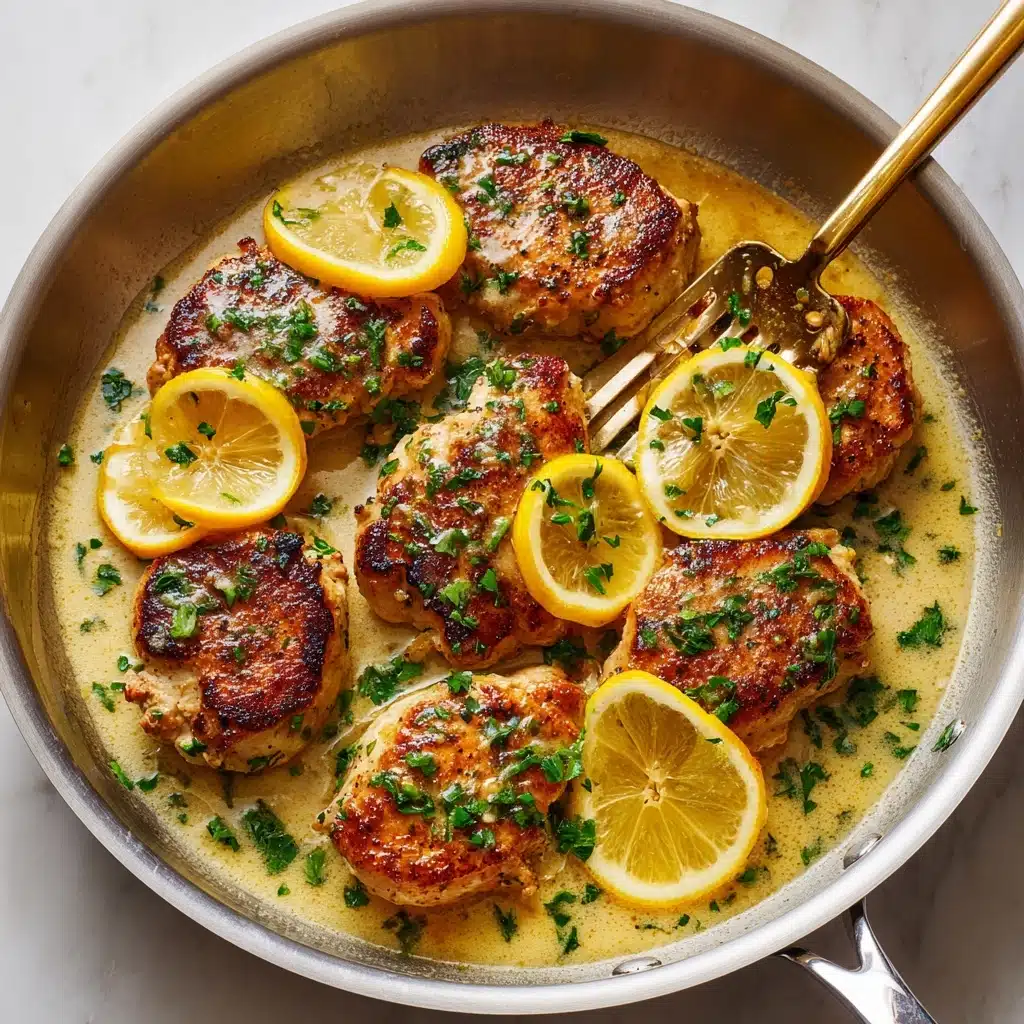
Ingredients You’ll Need
The beauty of Chicken Francese is that you only need a handful of simple ingredients to create a dish that tastes restaurant-worthy. Each component has its own special role, from the savory Parmesan in the coating to the zesty pop of fresh lemon.
- Chicken breasts: Pounded to a half-inch thickness for tenderness and even cooking.
- All-purpose flour: A light dusting helps create a crisp exterior and allows the egg mixture to cling.
- Large eggs: Make the coating extra rich and help seal in moisture.
- Grated Parmesan cheese: Gives the chicken a savory, cheesy undertone—don’t skip it!
- Milk: Loosens up the egg mixture for a smooth coating.
- Salt: Basic seasoning that draws out flavors in every step.
- Black pepper: Adds a mild kick; freshly cracked is best for depth.
- Olive oil: Ensures a lovely, golden-brown sear without sticking.
- Unsalted butter: Infuses the sauce with silkiness and classic flavor.
- Chicken broth: Creates a rich, savory base for the luscious pan sauce.
- Dry white wine (or extra chicken broth): Lifts the sauce with acidity and nuanced flavor—use what you love to drink!
- Lemon juice: Absolutely essential for that signature tangy brightness.
- Lemon (sliced): Adds visual flair and infuses delicate citrus into the sauce.
- Chopped fresh parsley (optional): Brings color and a final touch of freshness to your Chicken Francese.
How to Make Chicken Francese
Step 1: Prep the Chicken
Start by seasoning your pounded chicken breasts with salt and black pepper. This step ensures that every bite of Chicken Francese is flavorful from the inside out. If your chicken isn’t already thin, use a mallet to gently flatten them so they cook quickly and evenly—no tough or dry pieces here!
Step 2: Set Up the Dredging Station
Arrange a shallow bowl with flour and another with whisked eggs, grated Parmesan, and milk. Coating the chicken first in flour helps the egg mixture adhere perfectly, while the Parmesan in the eggs adds a nutty richness that sets this dish apart. Get ready for a little assembly-line action—you’ll be amazed at how easy it feels!
Step 3: Dredge and Dip
Carefully dredge each chicken breast in the flour, tapping off any excess. Then, dip into the egg-Parmesan mixture, turning to coat it fully. You want the chicken completely enveloped; this is where that signature golden crust begins to form, promising you delicious texture with every bite of Chicken Francese.
Step 4: Sear to Golden Perfection
Heat the olive oil and butter in a roomy skillet set over medium heat. Give it a few seconds to shimmer. Add the coated chicken and cook for 3 to 4 minutes per side until gloriously golden and crisp. Work in batches if needed so you don’t crowd the pan—this keeps each piece beautifully browned. Once cooked through, move the chicken onto a plate and keep nearby.
Step 5: Build the Flavorful Lemon Sauce
In the same skillet (no need to clean—those browned bits are pure flavor!), add the chicken broth, wine (or more broth), lemon juice, and lemon slices. Simmer gently for 3 to 4 minutes, scraping up any tasty bits stuck to the pan. The aroma is absolutely divine and transforms your kitchen into an Italian bistro.
Step 6: Simmer Chicken in the Sauce
Return the chicken to the skillet, nestling the breasts into the bubbling sauce. Spoon the sauce over the chicken and let it all simmer together for another 3 to 5 minutes. This step allows the chicken to soak up the bright, buttery sauce, making Chicken Francese extra juicy and flavorful.
Step 7: Garnish and Serve
Just before serving, scatter chopped parsley over the top for a fresh pop of color, and spoon plenty of sauce over each piece. Chicken Francese truly shines with this finishing touch, inviting everyone to dig right in while it’s hot and vibrant.
How to Serve Chicken Francese
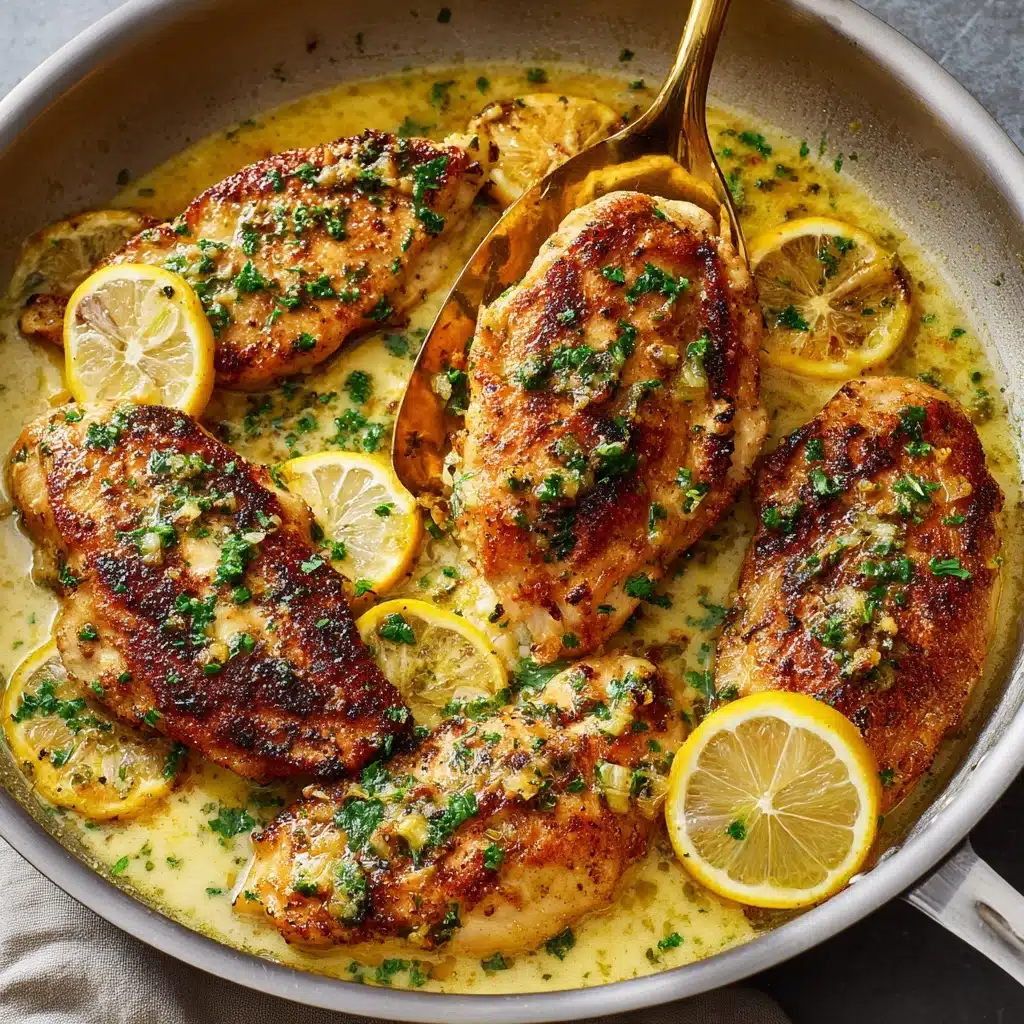
Garnishes
Finish Chicken Francese with a generous handful of chopped fresh parsley and a few extra lemon slices for a burst of color and fragrance. The parsley brightens the plate, while the lemon slices highlight that irresistible tang. A light dusting of extra Parmesan is wonderful if you want even more savory depth.
Side Dishes
Chicken Francese pairs beautifully with a wide variety of sides. Serve it over a bed of linguine or angel hair pasta to soak up the luscious sauce, or alongside creamy mashed potatoes or steamed vegetables for a classic Italian-American meal. A simple side salad with a light vinaigrette is perfect to cleanse the palate between bites.
Creative Ways to Present
For a fun twist, slice the chicken and pile it over risotto, or layer it in a warm baguette with arugula for a next-level sandwich. If you’re hosting a dinner party, serve Chicken Francese family-style on a large platter garnished with heaps of parsley and lemon rounds—it’ll look impressive with minimal effort!
Make Ahead and Storage
Storing Leftovers
Chicken Francese keeps surprisingly well! Allow leftovers to cool, then store them in an airtight container in the refrigerator for up to 3 days. Keep the chicken and sauce together—this way, the flavors continue to mingle and the chicken stays juicy.
Freezing
Want to freeze Chicken Francese for a future meal? Absolutely! Place cooled chicken (ideally with sauce) in a freezer-safe container. Enjoy best quality if used within one month. Thaw overnight in the fridge before reheating for optimal texture.
Reheating
To reheat, place the chicken and sauce in a skillet over medium-low heat, adding a splash of chicken broth if needed to loosen the sauce. Warm until heated through—covering the pan helps keep the chicken moist. Microwaving works in a pinch, but stovetop yields the most luscious results.
FAQs
What does “Francese” mean?
Francese means “in the French style” in Italian. In cooking, it refers to a technique where food is dipped in flour and egg, then sautéed—so Chicken Francese is inspired by this classic preparation, but with an Italian-American spin!
Can I use chicken thighs instead of breasts?
Absolutely! Boneless, skinless chicken thighs work beautifully for Chicken Francese. They’re extra juicy and flavorful—just pound them to an even thickness before coating and cooking as directed.
Is there a non-alcoholic substitute for the white wine?
Yes! If you prefer not to use wine, substitute with more chicken broth and a splash of white grape juice or a bit of extra lemon for acidity. You’ll still get a vibrant, delicious sauce.
Can I make Chicken Francese gluten free?
Definitely. Simply swap in your favorite gluten-free all-purpose flour blend for the regular flour. The texture and taste will still be fantastic, and everyone can enjoy this classic.
How do I get the coating to stay on the chicken?
Make sure the chicken breasts are patted dry before dredging, and shake off excess flour before dipping in the egg mixture. Also, don’t move the chicken too soon in the pan—let it form a golden crust before flipping. These tips ensure that beautiful, crisp coating stays put!
Final Thoughts
If you’re ready to bring a little Italian-American magic to the table, Chicken Francese is the ultimate way to do it. It’s comforting, zesty, and impresses every single time. You’ll love how easy it is to make, but even more, you’ll love seeing everyone’s faces light up at the first bite. Give Chicken Francese a try—you might just find your new signature dish!
